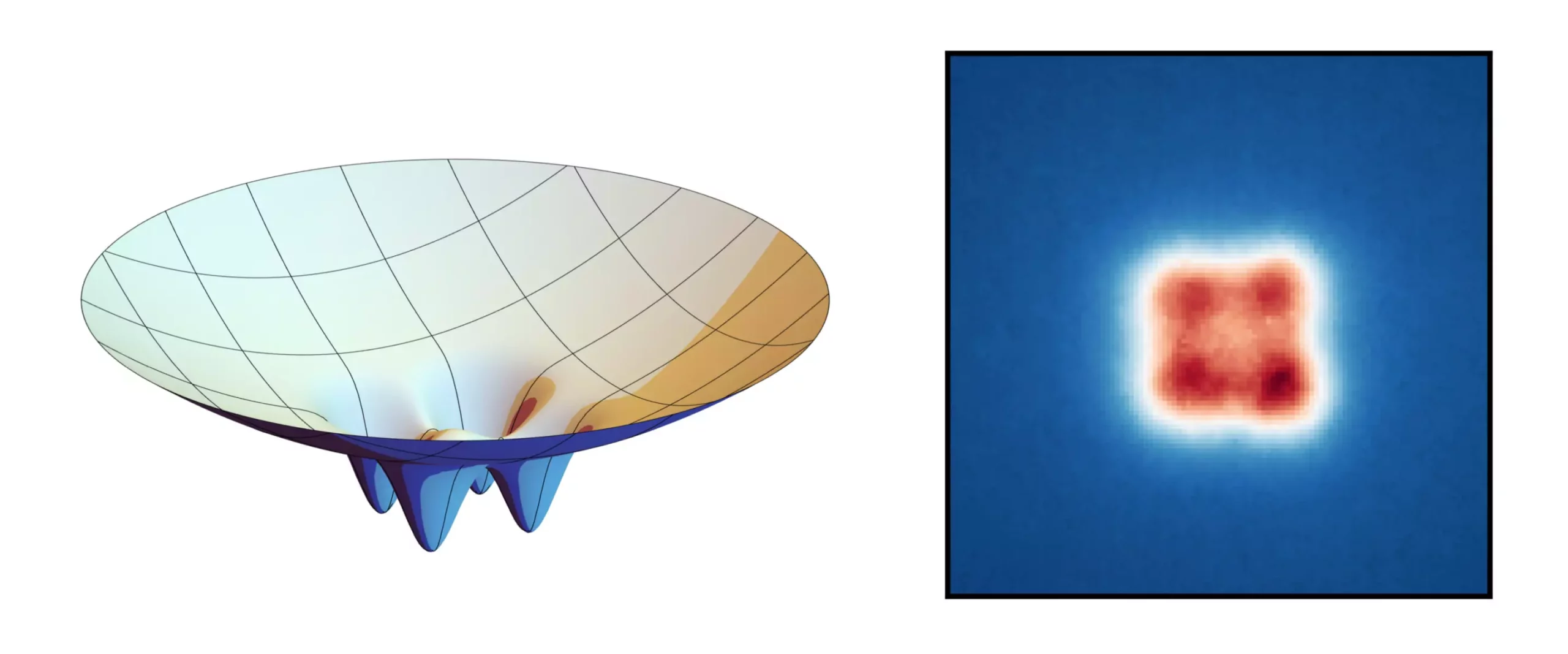In the realm of quantum physics, a remarkable phenomenon has emerged: the formation of “super photons.” These entities arise when numerous light particles coalesce under precise conditions, behaving collectively as one quantum object. A team of researchers from the University of Bonn has made significant strides in advancing our understanding of these super photons by developing innovative methods to control their properties. By utilizing tiny nano molds, they have succeeded in creating Bose-Einstein condensates, whereby the behavior of light is modified in ways that open up new frontiers for secure communication technology.
To appreciate the breakthrough achieved by these physicists, it is essential to grasp the concept of Bose-Einstein condensates (BEC). This state of matter occurs when a large number of bosons, particles that follow Bose-Einstein statistics, are cooled to temperatures close to absolute zero. At such low temperatures, the individual particles lose their distinct identities and behave as indistinguishable waves, forming a coherent state dubbed a Bose-Einstein condensate. Traditionally, BECs appear as amorphous blobs of light; however, the researchers have pioneered a technique to impose organized structures onto these condensates.
The methodology implemented by the team involved creating a cooled system containing a dye solution confined within a tiny chamber with reflective walls. When excited by a laser, the dye molecules emit photons that ricochet within the boundaries of the chamber. Initially, these photons are relatively hot; as they collide with cooler dye molecules, they shed energy and ultimately cool down to form a condensate. Notably, altering the surface of the chamber by introducing deliberate indents allows the researchers to imprint specific shapes and patterns onto the condensate.
The breakthrough lies in the researchers’ ability to mold the condensate into discrete lattice structures—like a simple square with four points of light—where the light becomes preferentially clustered. Imagine a bowl of water divided into several cups; while the water would separate, the properties of the super photon allow it to remain unified while still existing in a lattice form. This property raises tantalizing applications, particularly in quantum communication systems. The connection between light particles in the lattice can foster quantum entanglement, a phenomenon where the state of one photon instantly influences the state of another, regardless of the distance separating them.
This quantum correlation is the bedrock of secure communication, making it theoretically possible to transmit information without the risk of interception. As such, the researchers’ work not only enhances the understanding of light at a quantum level but also presents a viable path toward developing systems for secure, coherent communication among multiple users.
The implications of this study have far-reaching potential. By adapting the shape of the reflective surfaces within the experimental apparatus, the team envisions constructing Bose-Einstein condensates that occupy multiple sites—20, 30, or even more—establishing a network of quantum states within a singular functioning system. This transformation could pave the way toward enabling numerous participants to engage in secure conversations, where the exchange of sensitive information remains beyond the prying eyes of adversaries.
The ability to design specific emission patterns within these condensates is not just a scientific achievement but a technological breakthrough that could redefine how we think about communication in the digital age. The results of this study have been documented in the journal Physical Review Letters, highlighting the significance of the findings and its potential applications in quantum information technology.
While this research is undoubtedly groundbreaking, there are challenges ahead in translating this theoretical groundwork into practical applications. The manipulation of quantum states requires sophisticated technology and precise conditions to maintain stability and coherence. Yet, the implications of such advancements hold enormous promise for fields ranging from cryptography to quantum computing.
As researchers continue to refine their techniques and expand upon the methods developed, the dream of a future where information exchange is not only instantaneous but also secure could become a reality. The work at the University of Bonn is just a glimpse of the potential that lies within the realm of quantum physics, urging us to consider a future where light itself could become a medium not just for communication, but for the safeguarding of our most sensitive data.


Leave a Reply